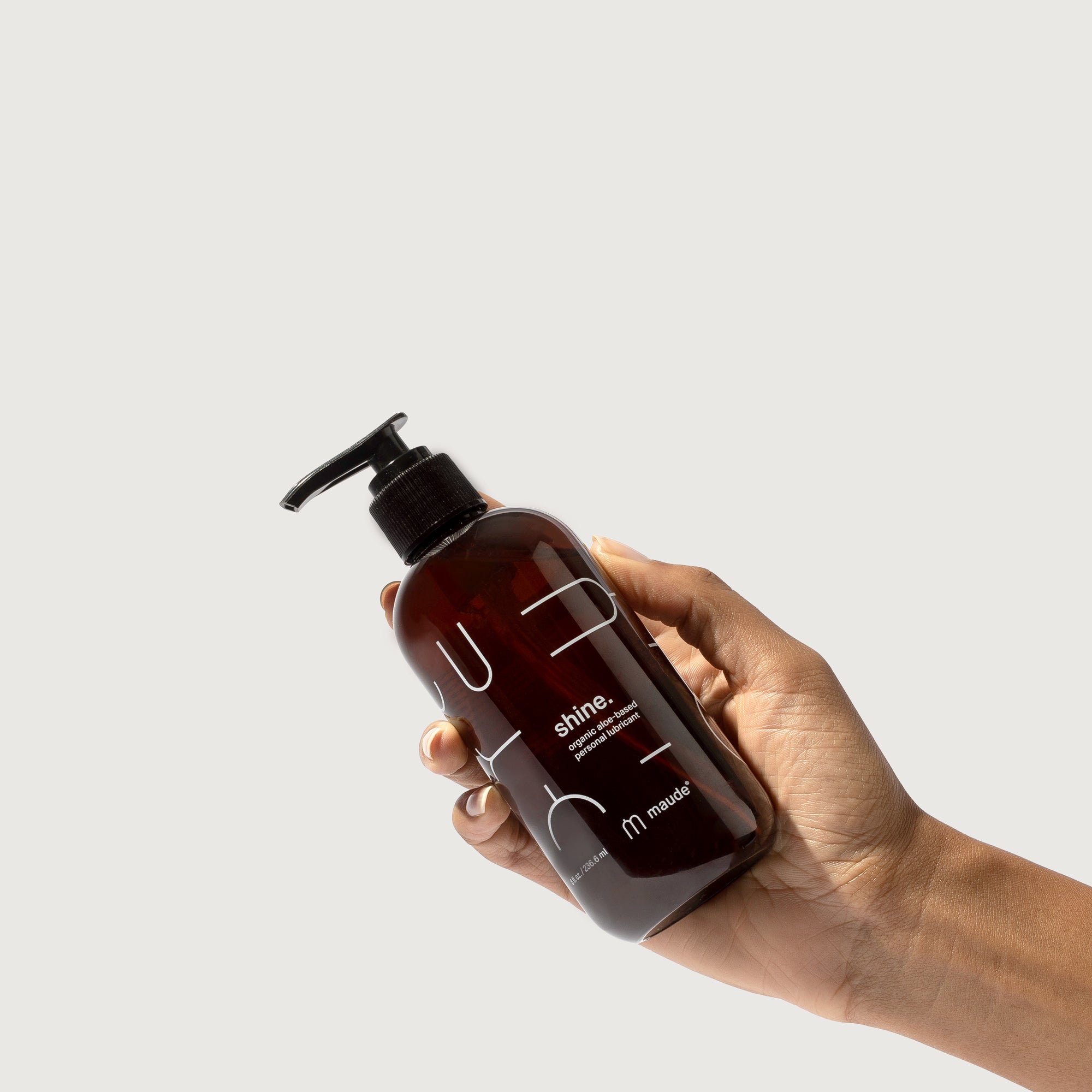Vaginal Discomfort, Explained.

Unpacking the post-sex burning, itching, and soreness.
It’s certainly true that no two vaginas are entirely alike (see: the Labia Library). But beyond the aesthetic variations, our vaginas all operate differently too. Orgasm, for all of us, is the product of a whole number of differing factors. Our clitorouses range in size and shape. Our pubic hair grows in divergent ways. And perhaps least thrillingly, we’re all susceptible to different vaginal maladies, at varying degrees.
Think about any discomfort you’ve been experiencing in your own vagina: Is it itching? Pain? Soreness? Stinging? What brings it on? Does it arrive after sex? Following a workout class? While traveling? Typically, you’ll have some friends who are plagued with ever-present UTIs. Others who suffer from a regular case of Bacterial Vaginosis. Some who seem infallible in the pubic region. But know this: All of the above or normal. It’s merely important that you know how to label, and thus combat, your own vaginal woes.
Below, we’ve cataloged the most common post-sex vaginal infections, organized by symptom. Take a look to see which applies to you—and how best to begin healing. Then consult your doctor to chat through your options.
My vagina is super itchy
This is typical of the classic yeast infection. A healthy vagina will contain both yeast and bacteria—a delicate balance of the two. But when that balance is thrown off, the yeast cells can over-multiply, which causes the itching sensation, along with vaginal swelling, soreness, pain during sex and urination, and abnormal discharge often described as resembling cottage cheese.
Most yeast infections can occur from any number of basic occurrences. If you’ve recently taken antibiotics, they might be responsible for throwing off the good-bacteria balance in your body. Or, if you have a new sexual partner, new bacterias are being introduced into your system, and the same is true of using devices, which can shake things up down there. Yeast Infections can also be caused by stress, lack of sleep, pregnancy, and hormonal changes in and around your period.
What do I do about it?
Treating a yeast infection is both simple and ultra-quick. There are a number of prescription and OTC drugs and topical creams, typically used for 1-3 days, that will almost immediately clear up your yeast infection (the most popular being Gynazol, Lotrimin, and Monistat), but if you’re new to the yeast infection business, we highly recommend visiting your gynecologist to make sure it’s being properly addressed.
I feel a burning sensation when I pee
Not surprisingly, this is a symptom of a Urinary Tract Infection—so that burning sensation is quite literally caused by bacteria in your urinary system (meaning, your kidneys, ureters, and most commonly, the bladder, and the urethra). Generally, beyond the pee-burning, you’ll experience the constant, ever-present need to pee, cloudy urine, and minor pelvic pain, along with a sour, burning sensation even when you’re not using the bathroom.
Like with a yeast infection, any number of normal activities can bring on a UTI. It can be caused by E.coli bacteria from dirty clothes or water, it can be caused by intercourse, and it can also be caused by the simple fact that the female anatomy places your urethra super close to your anus...which is to say, traveling #2 particles can be dangerous.
What do I do about it?
From the preventative angle, it’s recommended that you drink plenty of water, urinate frequently—most importantly, always pee after sex—take regular cranberry supplements and be sure to change out of sweaty work out clothes as promptly as possible. Then, when it comes to curing an already present UTI, you’ll need to visit your doctor for antibiotics (though, you can take OTC supplements in the meantime for the pain). There are a range of antibiotics prescribed for UTIs and most will relieve your symptoms entirely within the first 2 days. But it’s important you visit your doctor as soon as you begin experiencing symptoms, as UTIs can quickly transform into kidney infections if left untreated.
My discharge is abnormal
Likely, if you’re noticing discharge that’s abnormal for you, you’re suffering from Bacterial Vaginosis. Along with thin white, gray, or green discharge, you may note that, especially after sex, your vagina has a particularly fishy odor, along with an itching sensation not too dissimilar from that of a yeast infection. That said, BV symptoms are typically milder and can be more difficult to detect.
Your vagina maintains a specific balance when it comes to acidity, typically maintained by good bacteria. When some of those good bacteria levels drop, more bad bacteria moves in, throwing off your vaginal PH. That’s when you begin to experience BV symptoms. Typically, they’re caused by new sexual partners, but they can also be caused by things like scented soaps or swimming pools.
What do I do about it?
To treat BV, like with so many other vaginal complications, you’ll need to visit your doctor for a prescription. You’ll have the option to choose between an oral antibiotic or a topical gel you can apply directly to your vagina, and odds are, you’ll need to continue to take the medication for around 5 days. And keep in mind: Chances are, if you’ve had BV once, you’re susceptible to get it again, so be sure to keep tabs on your symptoms.



